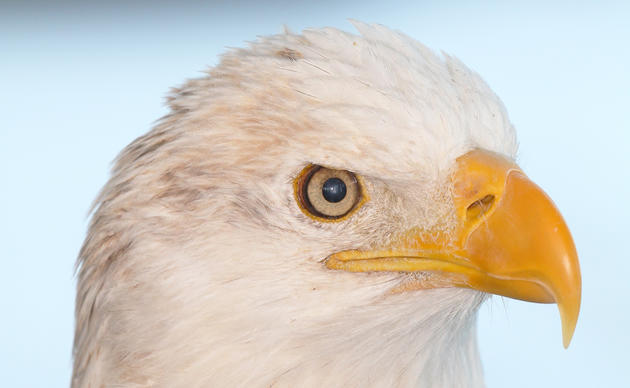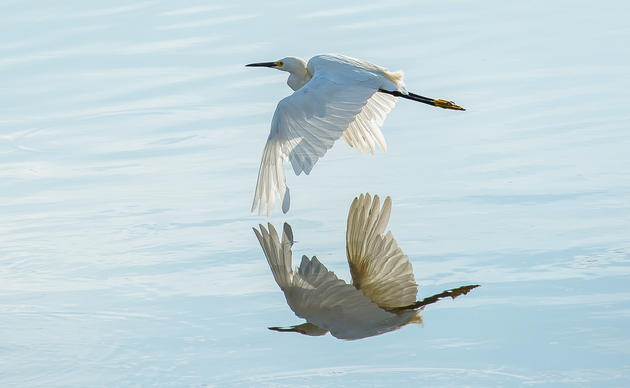Choosing and Using a Field Guide
Choosing a bird guide. The first priority is to choose a field guide that suits your needs.
* Portability: If you are an avid outdoor birder, you'll want a guide that is easy to carry and flip through quickly. If you are more of a backyard birder, watching local species on your feeders and birdbath, portability is not as important.
* Specialized/Localized Guides: If you want to study bird behavior or are searching for more elusive species, a more comprehensive, specialized guide is better suited for you. For instance, a guide based on a certain habitat or region.
* Photos or Illustrations: You will also want to take into consideration whether you prefer illustrations or photos. Some guides may also portray different views of a bird, such as how a species looks in flight, close-ups of distinct markings, etc.
*Hardcopy vs. Birding Apps: Today's technology has made bird identification easier than ever! There are many bird guides that have been made into easy to use and uber portable apps for your smartphone or tablet. Audubon has come out with a fantastic new (and FREE) bird guide app. Check it out here.
* Read Your Guide. This may sound obvious, but your guide has much more information than you may realize. It not only has pictures to help you identify birds, but also contains information on bird habitats and behaviors that can help you find the birds yourself. Look for the following information to help you prepare:
* Bird Topography: This diagram divides birds into distinct parts such as nape, crown, and vents, for more specific identification.
* Learn the Terminology: In relation to topography, there are other terms you will need to know. For example, color names are not as simple as red and blue; the hues can vary widely, so you may see descriptions like rufous and indigo instead.
* Variations in Appearance: Identification of certain species can be tricky when it comes to distinguishing marking and coloration of the male and female sexes, or juveniles and immature stages, or summer and winter plumages.
* Range Maps: These maps are very helpful for knowing which birds are native to your particular area and which species may be migrating through it at a given time of year.
How you can help, right now
Programs
The Audubon Center at Riverlands is a great place to bring your classroom or group!
Volunteer With Us!
Riverlands relies on our many skilled and talented volunteers.




